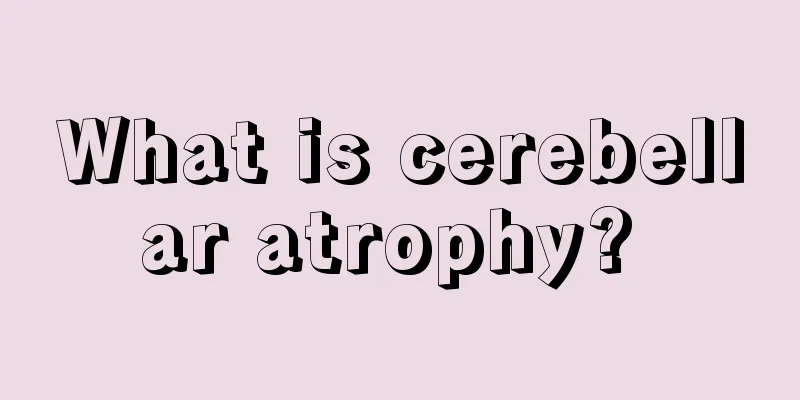Can patients with cerebral infarction undergo surgery?

|
Whether a patient with cerebral infarction needs surgery actually depends on the patient's condition. It does not mean that surgical treatment should be performed as soon as cerebral infarction is discovered. In fact, the purpose of surgical treatment is to restore blood circulation to the ischemic part of the brain. However, if the patient's own condition does not allow it, it should not be forced. 1. The purpose of surgical treatment of cerebral infarction is to restore blood circulation in the ischemic part of the brain. The surgical methods include intracranial and extracranial arterial anastomosis, intracranial and extracranial arterial bypass grafting, intracranial transplantation of the greater omentum, pedicled temporal muscle and superficial temporal artery fascia-cerebral cortex apposition, endarterectomy and endovascular dilatation of stenotic blood vessels. 2. Since October 1967, when Swiss doctors successfully performed superficial temporal artery-middle cerebral artery anastomosis using microsurgical technology, intracranial and extracranial artery anastomosis has been carried out in many countries around the world. Many hospitals in China have also performed this operation with success. 3. Intracranial transplantation of the greater omentum is a new approach to treat ischemic cerebrovascular disease. This type of surgery was first performed in China in 1980. It can improve local cerebral ischemia and prevent transient ischemic attacks from developing into complete strokes. If the cases are selected appropriately, most of the conditions can improve, and a few cases can even basically return to normal. 4. Carotid endarterectomy is not a commonly used SJ treatment method for progressive stroke. Postoperatively, the risk of cerebral hemorrhage may be increased due to the reconstruction of blood flow in the infarcted brain tissue and vascular rupture. In recent years, a small number of scholars have also selectively used carotid endarterectomy to treat progressive stroke patients with mild to moderate neurological dysfunction, but this method is not suitable for patients with severe neurological dysfunction or impaired consciousness. 5. It should be pointed out that although surgical treatment of cerebral infarction has broad prospects, the indications should be strictly controlled and perfect conditions should be met. At present, it cannot be used as a routine treatment for cerebral infarction. |
<<: What are the symptoms of a chalazion?
>>: What causes numbness in fingers?
Recommend
Can drinking honey water cure pharyngitis?
Pharyngitis is a chronic disease, which is often ...
Brief analysis of common precautions for preventing and treating breast cancer
It is understood that with the change of living e...
What is the difference between chestnut and Chinese chestnut
Chestnuts and chinensis are both common examples....
Is there any hope for colon cancer invading the bladder?
There is still hope for treatment of colorectal c...
Can pituitary tumors cause blindness? How to treat blindness caused by pituitary tumors
If a pituitary tumor causes blindness, drug treat...
The difference between a wrist fracture and a sprain
In daily activities, due to some minor negligence...
How many degrees of myopia is 4.8?
There are many indicators for evaluating a person...
What diseases can nasopharyngeal carcinoma be easily confused with?
In recent years, nasopharyngeal carcinoma has bec...
What is myxedema
Myxedema is mainly caused by thyroid dysfunction ...
What is an easy way to get rid of scars?
There are actually many small methods and techniq...
Sternocleidomastoid muscle
The movement of muscles allows people to freely d...
What if you don’t have a bottle opener? Learn these simple ways to open red wine
We often drink red wine in our daily lives, but t...
How to use eyebrow growth liquid
Many friends want to make their eyebrows bigger a...
How to prevent teratoma in daily life
How should we prevent teratomas in daily life? Th...
What tests should be done for patients with ovarian cancer
Ovarian cancer is a type of gynecological maligna...









